9 Reasons There Is Low Water Pressure in Your Kitchen Faucet
Don’t let low water pressure inconvenience you


Low water pressure is a problem many homeowners can fix and it’s far less damaging than dealing with high water pressure.
Troubleshoot low water pressure by checking your aerator, water lines, and pipes.
Water heaters are the likely culprit for low pressure in hot water.
Normal water pressure ranges from 45 to 80 psi and is considered low when it drops below 40 psi.
Low water pressure can be frustrating, especially when it’s in a room you use as often as the kitchen. Although both high and low water pressure indicate problems, high water pressure is more damaging and can require hiring a local plumber.
Luckily, fixing low water pressure can be a DIY job. By investigating some parts of the sink, you can determine the source of low water pressure in the kitchen faucet and solve the issue.
1. Clogged Aerator
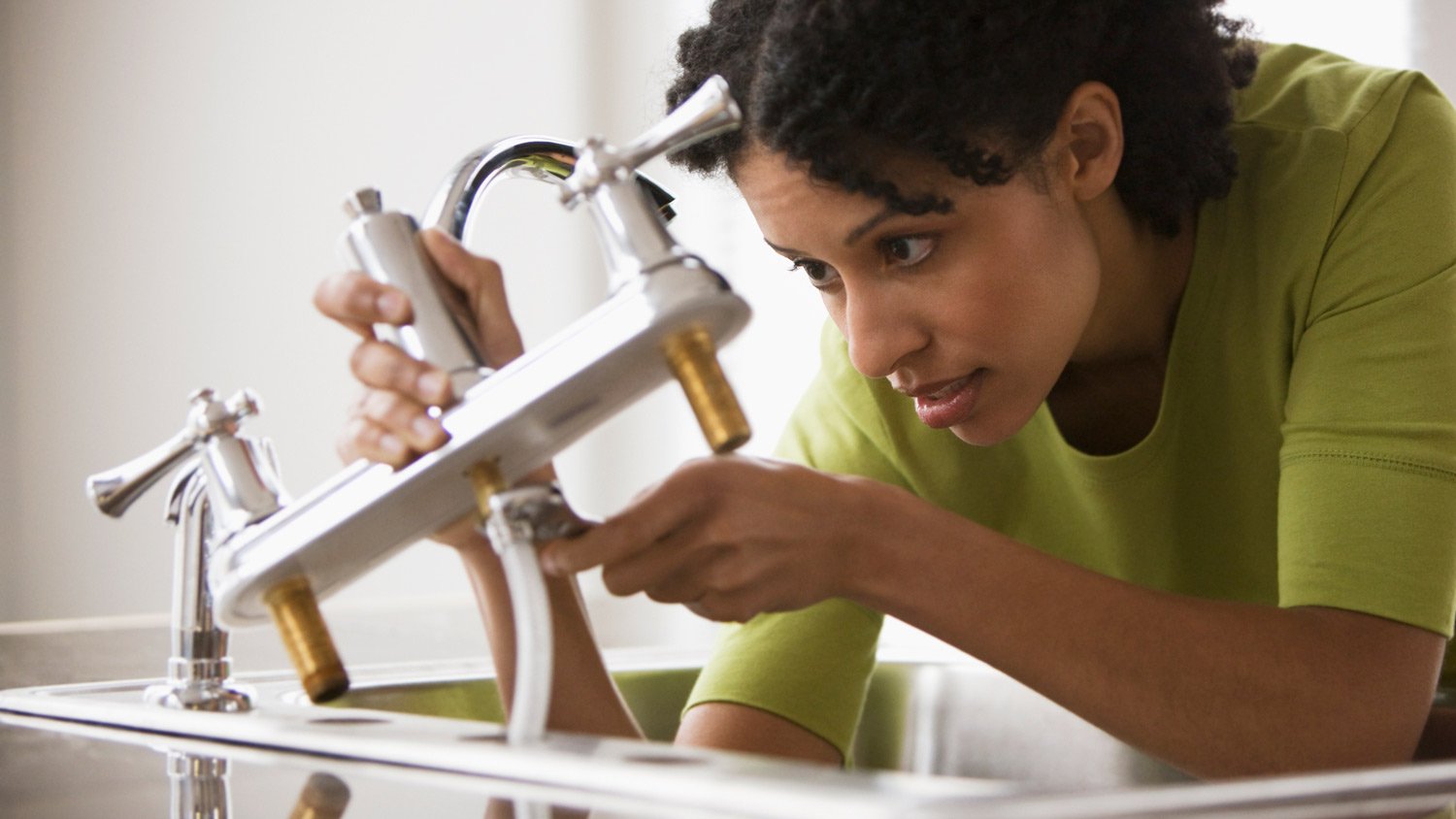
Located at the end of the faucet spout, the aerator consists of a screen that covers the water outlet and controls the flow rate. In addition, it conserves water by adding air to the water stream. When minerals or hard water clog the aerator, the result is often low water pressure.
How to Remove and Clean the Aerator
Twist the aerator clockwise, and if necessary, use pliers with tape to get a better grip.
Remove the metal or plastic screen inside and scrub with an old toothbrush.
If it’s super clogged, soak the aerator in vinegar overnight, brush off the remaining debris, and reattach it to the faucet.
2. Blocked or Broken Cartridge
The cartridge is responsible for opening the valves for water to flow and turning off the water when you shut off the tap. In addition, it contributes to preventing leaks and other malfunctions. From time to time, debris, hard water, sediment, and corrosion can build up in the cartridge, resulting in low water pressure.
How to Remove and Clean the Cartridge
Turn off the supply valves under the sink and turn on the faucet to release the residual water.
Use your sink stopper to ensure nothing gets into the drain.
Using a screwdriver, detach the cap covering the faucet screw.
With an Allen wrench, remove the screw cap.
Locate the retaining nut, which is at the base of the handle, and remove it with a wrench.
Pull out the cartridge and soak it in vinegar and warm water overnight.
Use a hard-bristled brush to scrub the cartridge.
If the cartridge is still scratched up, it’s time for a replacement.
3. Impaired Water Lines
Broken or damaged water lines result in water pressure problems. Common causes of water line damage include corrosion, debris, and sediment. When these occur, nearby faucets are affected.
How to Check the Water Supply Lines
Shut off the water under the sink.
Place a bucket under the sink—the bucket can catch potential residual water that may flow out after you disconnect the supply line.
Turn the nuts on the water supply line under the sink counterclockwise to loosen the line; if they don't turn, use a wrench to loosen them.
With the line pointed into the bucket, turn the water back on.
If water comes out, the culprit of the low water pressure is within your faucet—in this case, it’s time to replace the faucet.
If no water comes out, call a plumber who will be able to help you understand the issue.
4. Pipe Leaks
When a pipe that supplies water leaks, the result may be low water pressure. You may have a leaking or burst pipe if you notice low water pressure during cold weather. If there is any excess water in areas under and around the kitchen sink, this could indicate a pipe leak.
Since leaks aren’t always visible, check the basement for watermarks near pipes, and inspect areas around water heaters and faucets. To check for hidden bathroom leaks, look for musty smells, mildew, damaged paint/wallpaper, ceiling stains, and damaged flooring. If you notice any of these signs, consider trying a temporary fix for leaking pipes, and contact a local plumber who can diagnose the problem and fix the leak.
5. Malfunctioning Pressure Reducing Valve (PRV)
The PRV is responsible for controlling the water pressure from the water that comes from the municipal supply. It has a bell shape and is located on the incoming water line.
How to Adjust the PRV
Loosen the screw on the top of the valve.
Turn the screw counterclockwise and check the water pressure.
If the water pressure is still low, the valve might be ready for a replacement, and it’s time to call a plumber to find out.
6. Damaged Shut-Off Valve

The shut-off valve controls the water flow to your kitchen faucet and is located under the sink. Over time, these valves become damaged because of corrosion, mineral deposits, or normal wear and tear.
When the valve is partially closed or damaged, it can restrict the water flow and cause low water pressure.
How to Check and Fix the Shut-Off Valve
Make sure the valve is fully open—it can accidentally get turned to a partially closed position.
Check for visible corrosion or damage.
If the valve doesn’t turn freely or is damaged (especially if you notice any leaking), it’s time to replace the valve.
If you don’t know how to replace the valve, it’s best to call a professional plumber to avoid water damage.
7. Corrosion in the Water Lines
Pipe corrosion is a natural result of having metal pipes. It looks like rust or as if sections of your pipes have been slowly eaten away. There are several reasons you’d find corroded pipes around your home. These include a pH imbalance in your water, high water velocity, high levels of dissolved oxygen, and water and oxygen exposure over time.
The buildup of corrosion in your pipes could be the reason you’re dealing with low water pressure. You might also notice discolored water or water with a bad taste or smell. If you spot the signs of corrosion early enough, you could get away with performing a pipe descaling or cleaning of your pipes. If not, you’ll need to outsource the work to a plumbing professional for a pipe replacement.
8. Water Heater Issues
Your water heater keeps you from using freezing cold water for daily tasks like cooking, cleaning, washing your hands, and showering. As the unit heats the water, calcium and magnesium minerals form and settle at the bottom of your tank. The buildup of these sediments can cause low water pressure.
How to Remove and Prevent Sediment Buildup
Flush your unit.
Drain your unit and perform a vinegar soak.
Keep the unit at the recommended temperature.
Install a water softener.
9. Water Pressure Problems From the City
When your water supply comes from your city, whatever happens to their system will eventually trickle into your home. If they’re dealing with low water pressure, so will you. All you can do is contact your local water supplier and wait for them to fix the problem.
What if Only the Hot Water Has Low Pressure?
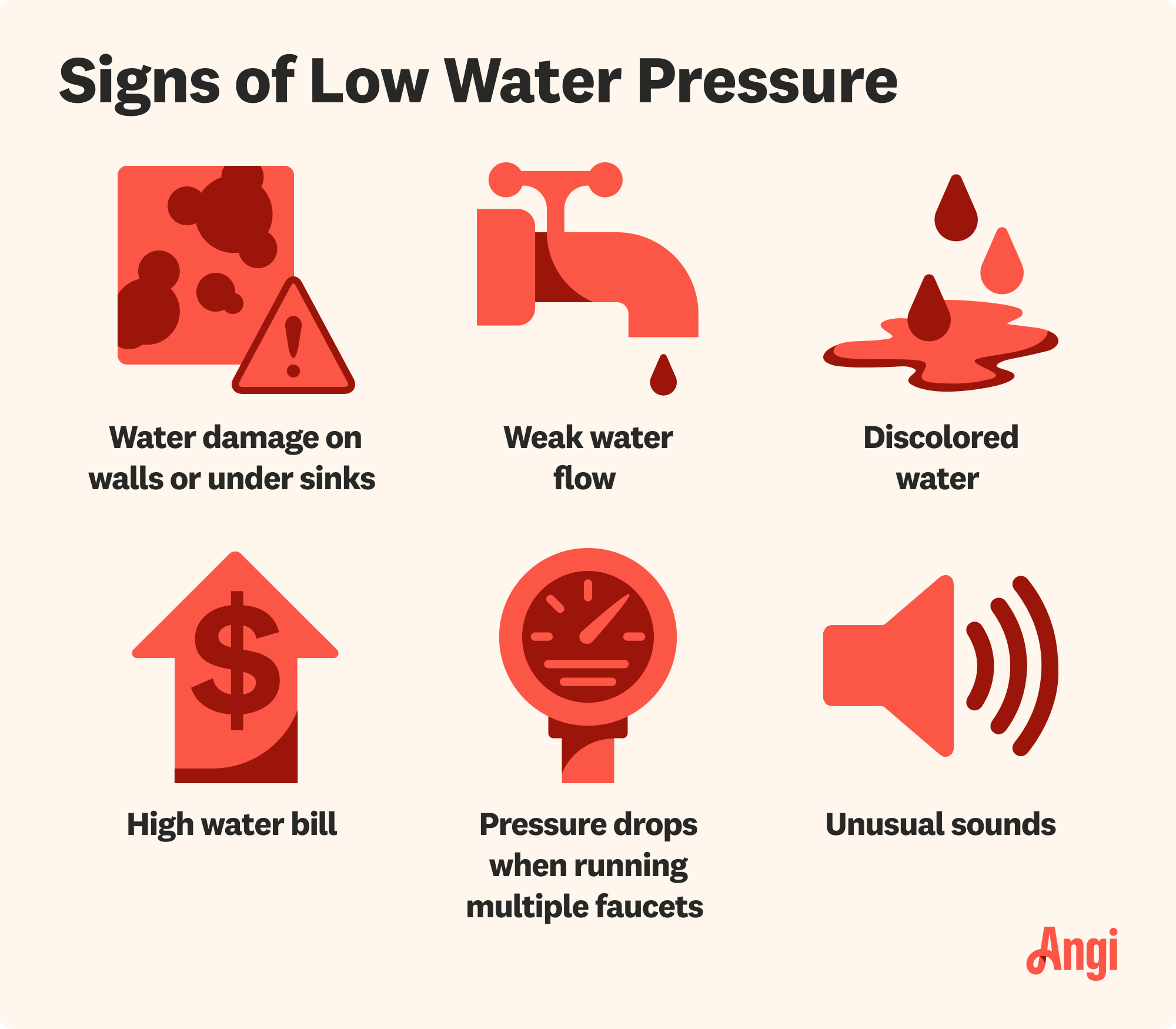
If only your hot water has low pressure, the issue is likely your water heater. Check the water heater to ensure the outlet valve is completely open. Try loosening the valve and see if this solves things.
Another issue could be sediment buildup in the water heater. Flushing or draining your water heater around twice a year can help prevent this, and flushing it at the sign of low hot water pressure can also help.
If neither strategy helps the issue, contact a plumbing repair pro near you, who can identify and fix the problem.
Is Water Pressure Low in the Whole House?
If you notice low water pressure in the entire house, ask your neighbors if they’re facing this problem—if they are, this is an indication that your municipal water supply is the problem. Contact your water provider to report the issue and get more information.
Know When to Hire a Pro
Some low water pressure issues can be fixed with DIY solutions, but there are times when the best course of action is to call a professional plumber. If you’ve tried simple troubleshooting steps and still have low water pressure, it’s likely time to bring in an expert.
Other warning signs include noticing water damage on your walls or under your sink, your water bill suddenly increasing for no obvious reason, and unusual sounds coming from your water pipes.
A licensed plumber will save you money in the long run because they can accurately identify the reason your water pressure is low and safely fix the problem. If the problem is isolated to your kitchen faucet, you can call a faucet repair pro near you to take a look.
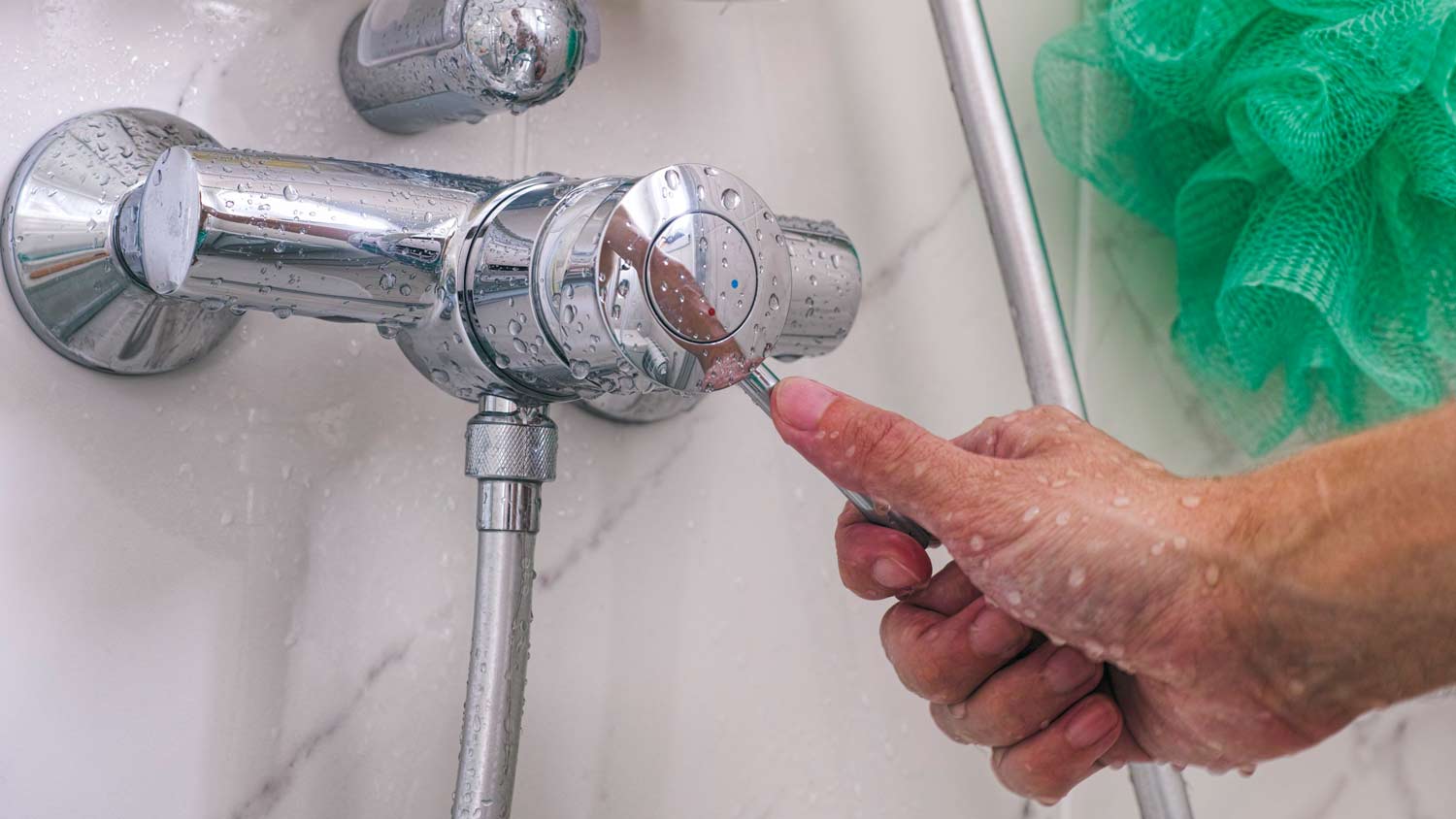

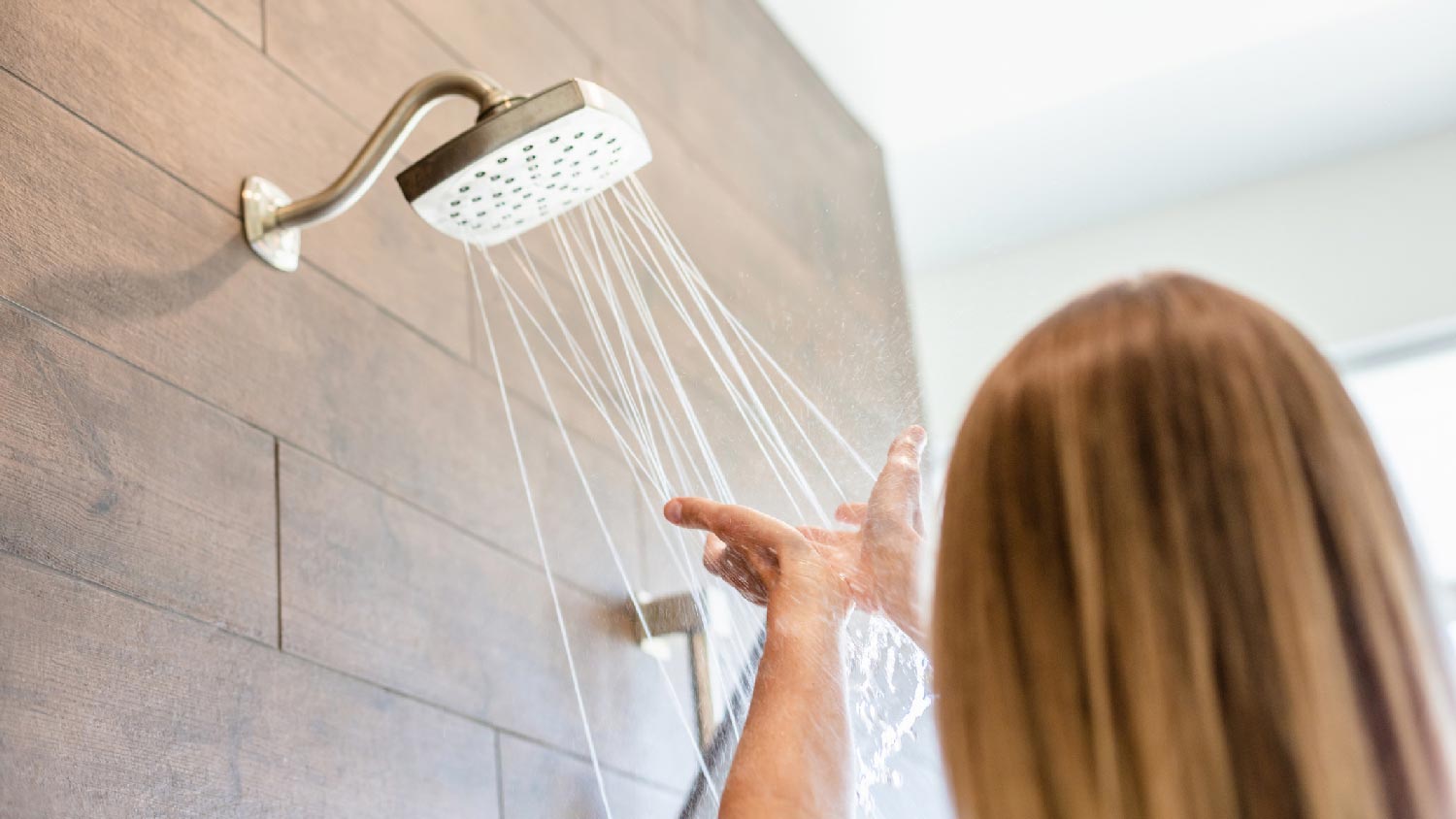
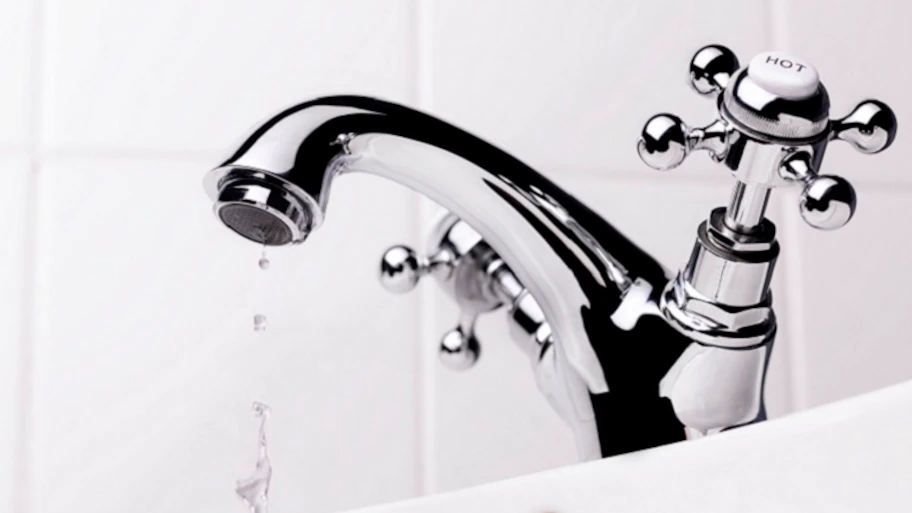

- Gas Plumbers
- Plumbing Repairs
- Sump Pump Installation
- Wood & Pellet Stove Repair
- Shower Repair
- Wood Stove Services
- Emergency Plumbers
- Fire Sprinkler Contractors
- Perc Test Companies
- Toilet Repair & Installation
- Boiler Repair
- Sewer Line Repair
- Faucet Repair
- Main Drain Camera Companies
- Foundation Drain Installation
- French Drains
- Bathtub Replacement
- Subcontractors
- Storm Drain Contractors
- Affordable Plumbing
- Plumbing & Heating Companies
- Bathroom Repair Services
- Sink Installation
- Commercial Plumber
- Barndominium Builders
- Water Line Repair
- Faucet Installation
- Water Line Installation
- Leak Detection
- Why Does My House Have Low Water Pressure in Cold Weather?
- Low Water Pressure in Your House? 9 Possible Reasons Why and 6 Ways to Fix It
- 9 Tips to Help Increase the Water Pressure in Your House
- How To Increase the Water Pressure From Your Well
- How to Test Your Home’s Water Pressure at the Hose Bib (and What to Do if It’s Too Low or High)
- How To Get More Pressure From Your Well: Everything You Need To Know
- If Your Water Flow Is Weak, It May Be Time To Address a Water Volume Issue
- Signs Your House Water Pressure Is Too High and How to Fix It
- 18 Common Plumbing Problems and How to Resolve Them
- How to Increase the Water Pressure in Your Shower










